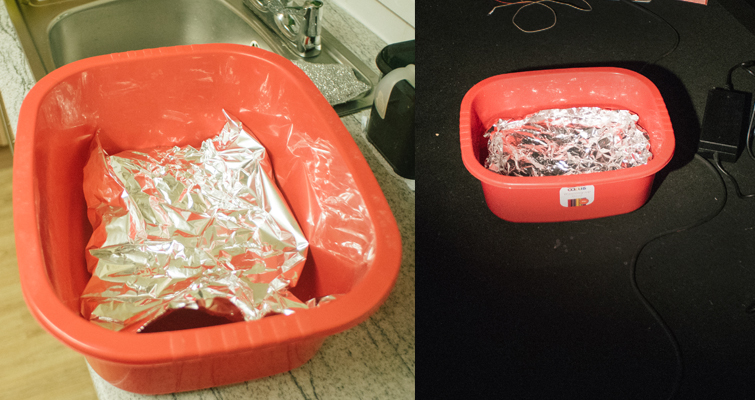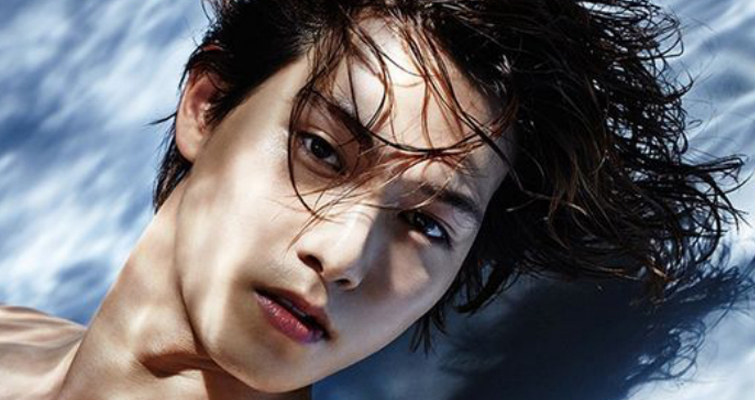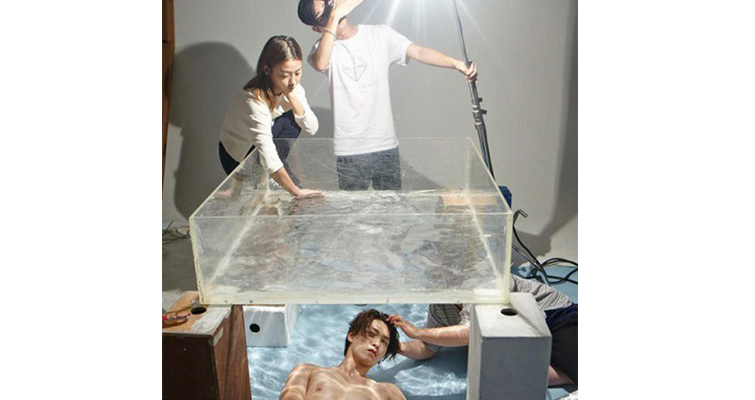
Lighting Technique: Create Dreamlike Reflections with Water
Create a surreal environment by reflecting lights off of a water source.
Top image via Sony Pictures.
If there’s one element that you don’t want near your lights, it’s water. That said, combining water with a light source can create some fantastic lighting results. Just make sure safety is a top priority. Here are a few water lighting techniques that use everyday items.
Water Reflection

Image via Ugly McGregor.
There’s an otherworldly beauty to the reflection of water hitting a subject or background. It adds a fascinating dynamic to the scene, although one must be careful as not to make the effect too prominent and distract the viewer. There are several ways to achieve this, but let’s have a look at the cheapest way.
Supplies Needed:
- Plastic bowl or tub
- Reflective Material
- Aluminum foil, CD, or broken mirror
- Small fan
- Low wattage light 150w/300w
You should take note that the size of your plastic bowl will affect the coverage area. If you need to cover a larger area, you will need a larger bucket.
Take a sheet of aluminum, scrunch it up, and then unfold it back into a straight sheet. The foil should now have a lot of creases. Place this into the bottom of the bowl and fill with water. If you don’t have aluminum, a broken CD or a broken mirror will help achieve the same effect. However, you will need to be careful while handling the sharp objects.
Take your light and direct it into the bowl. The water needs to be moving for the reflections to be noticeable on the background or subject. To achieve this, ever so slightly run your hands through the water, or aim a fan at the water’s surface. This will cause a tranquil movement of the light.
The bigger the water container, the more prominent you can make the effect. If it’s a large reflection, you may want to establish the source — i.e. showing a bathtub or a fish bowl in the room. It’s important to let your audience see where the glimmer is coming from — even if that isn’t the cause of the effect.
Underwater Sequence

Image via Vogue Korea.
You can also achieve a more defined effect by submerging your subject in water. This technique is going to be extremely limited in regards to filmmaking, as you’re going to have to have a large studio space to use this effect in any way other than a medium close-up, and even then you’re going to have to make sure the rigging is incredibly stable.
While the actor may look somewhat underwater, he’s actually on a studio floor space with a water tank situated above him with a light projecting through the water and onto the actor. Much like the first effect, the water needs to move for the wave reflections to appear. Given that this tank is going to be too large to move, we can see a studio member swooshing the water back and forth.

Image via Vogue Korea.
I can only imagine a handful of situations in which this effect may be put to good use, but knowing the effect is an extra tool in your box. It adds a touch of dreamlike beauty that would be incredibly hard to replicate in post-production.
Projecting Rainfall from Windows
Rain is a very symbolic element of life. As rain clouds materially block sunlight, they’re linked to darkness, sadness, denial or despair. As such, rain often accompanies a moment of emotional impact. You can go one step further and physically project rain onto the subject. Take the following scene, for example.
The scene is from Legends of the Fall. Susana is currently feeling despair, and the rain hitting the window is projected onto her — as if it is crying with her.
You can achieve this effect with a very easy setup. You simply need a low-key lighting configuration, with the key light behind a pane of glass with water is falling on it. Have someone pour water through a watering can onto the glass. It is important that that key light is the one that shines through the glass. You’ll lose the effect if you light the room too brightly.
Do you have any creative suggestions how to use water to enhance lighting setups? Let us know in the comments.





